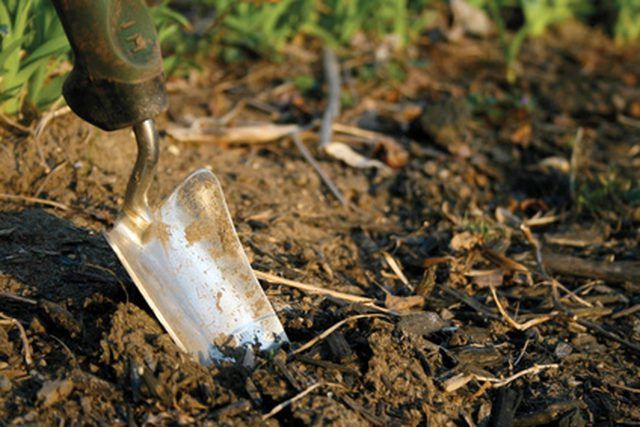Bulbs
Flower Basics
Flower Beds & Specialty Gardens
Flower Garden
Garden Furniture
Garden Gnomes
Garden Seeds
Garden Sheds
Garden Statues
Garden Tools & Supplies
Gardening Basics
Green & Organic
Groundcovers & Vines
Growing Annuals
Growing Basil
Growing Beans
Growing Berries
Growing Blueberries
Growing Cactus
Growing Corn
Growing Cotton
Growing Edibles
Growing Flowers
Growing Garlic
Growing Grapes
Growing Grass
Growing Herbs
Growing Jasmine
Growing Mint
Growing Mushrooms
Orchids
Growing Peanuts
Growing Perennials
Growing Plants
Growing Rosemary
Growing Roses
Growing Strawberries
Growing Sunflowers
Growing Thyme
Growing Tomatoes
Growing Tulips
Growing Vegetables
Herb Basics
Herb Garden
Indoor Growing
Landscaping Basics
Landscaping Patios
Landscaping Plants
Landscaping Shrubs
Landscaping Trees
Landscaping Walks & Pathways
Lawn Basics
Lawn Maintenance
Lawn Mowers
Lawn Ornaments
Lawn Planting
Lawn Tools
Outdoor Growing
Overall Landscape Planning
Pests, Weeds & Problems
Plant Basics
Rock Garden
Rose Garden
Shrubs
Soil
Specialty Gardens
Trees
Vegetable Garden
Yard Maintenance
How to Calculate the Volume of Dirt Removed
How to Calculate the Volume of Dirt Removed. Determining the volume of dirt removed from the ground plays a role in gardening and home improvement projects, such as creating foundations, building gardening beds and determining the amount of soil or mulch to buy to replace poor dirt in your yard. The hardest part of finding the volume of dirt...

Determining the volume of dirt removed from the ground plays a role in gardening and home improvement projects, such as creating foundations, building gardening beds and determining the amount of soil or mulch to buy to replace poor dirt in your yard. The hardest part of finding the volume of dirt removed is the digging, because the calculation part takes only moments to do.
Things You'll Need
Measuring tape
Calculator
Measure in inches the length and width of the hole from which you dug out the dirt.
Hold the measuring tape at the top of the hole to determine the depth in inches.
Divide each of the measures by 12 to determine the number of feet for the length, width and depth measurements. For instance, a hole measuring 12 inches long by 24 inches wide by 6 inches deep would equal 1 foot long by 2 feet wide by 0.5 feet deep.
Multiply the length, width and depth of the hole in feet to find the total volume in inches. For the example: 1 foot x 2 feet x 0.5 feet = 1 cubic foot.
Divide the area by 27 to find the volume of the dirt in cubic yards (because 1 cubic yard = 27 cubic feet). For the example, the cubic yards of the hole would equal 1/27 = 0.037 cubic yards.